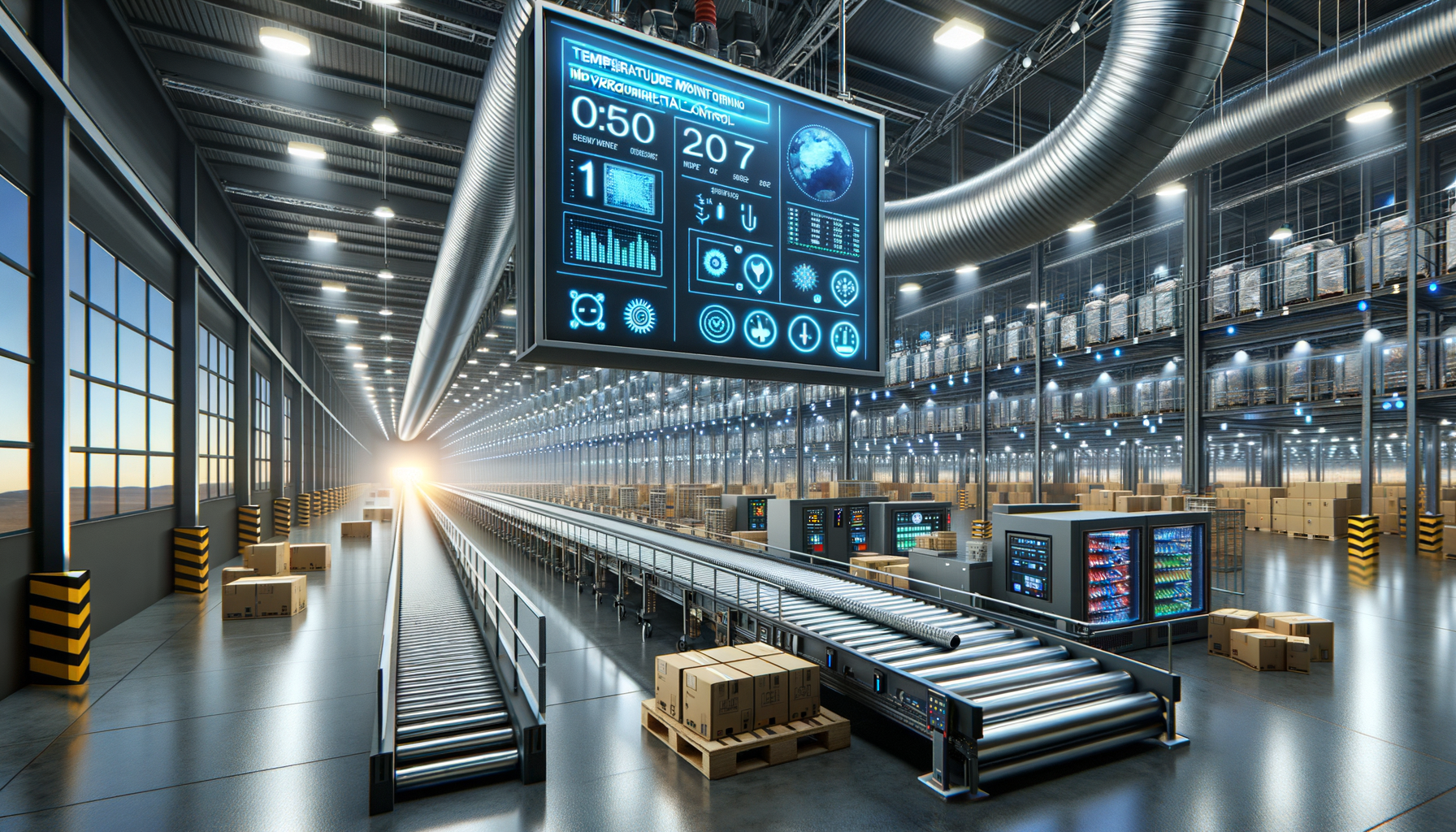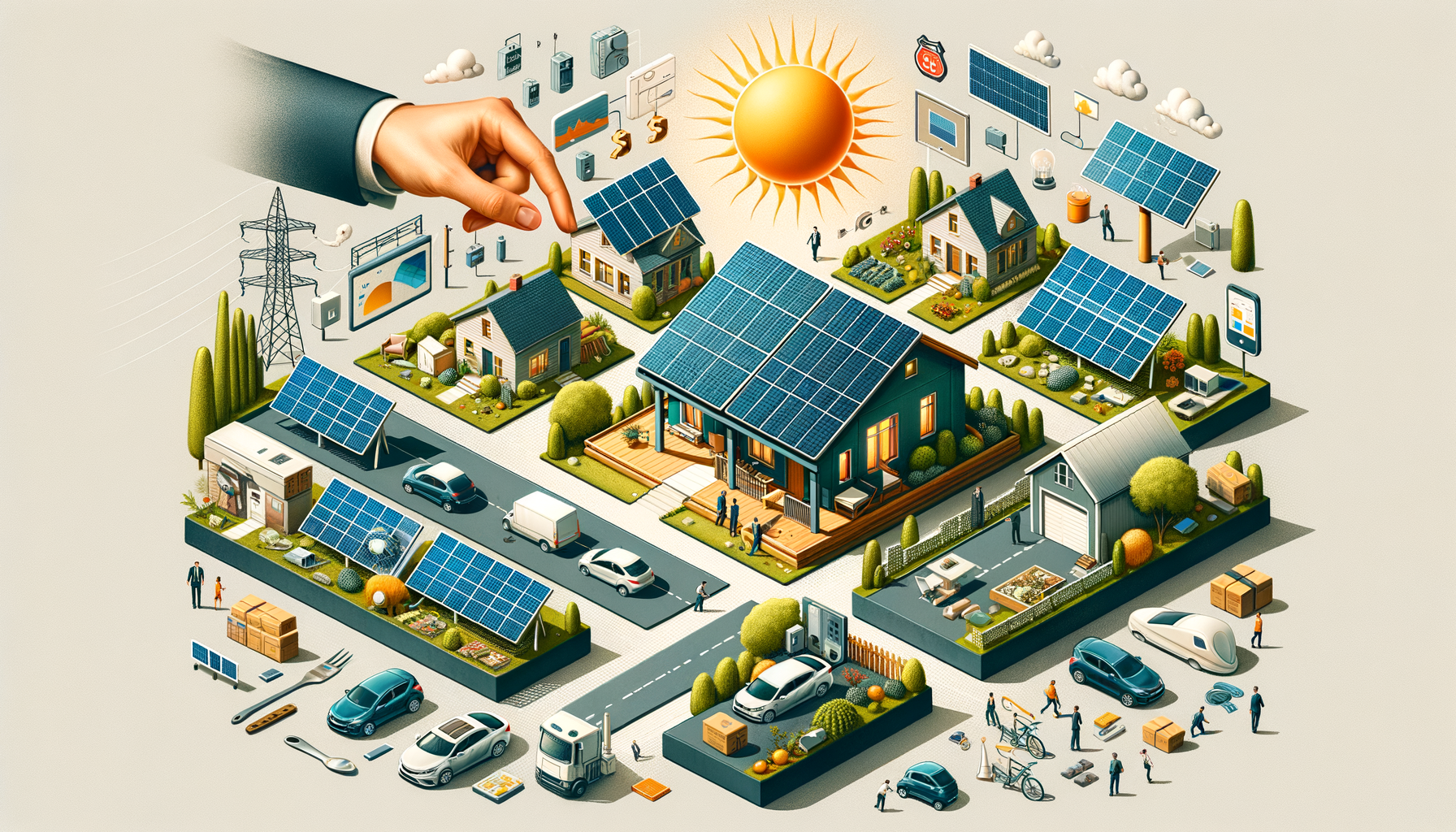The Importance of Temperature Monitoring in Warehouses
Temperature monitoring in warehouses plays a pivotal role in ensuring the integrity and quality of stored goods. Whether it’s food, pharmaceuticals, or electronics, maintaining an optimal temperature is crucial for preserving the product’s condition. Warehouses serve as the backbone of supply chains, and any deviation in temperature can lead to significant losses. For instance, perishable goods like fruits and vegetables require a specific temperature range to prevent spoilage, while pharmaceuticals might lose efficacy if not stored properly.
Moreover, temperature fluctuations can affect the structural integrity of certain materials. For example, metals and plastics may expand or contract with temperature changes, potentially compromising the packaging or the product itself. This can lead to additional costs in terms of returns and customer dissatisfaction. Therefore, implementing a robust temperature monitoring system is not just about compliance but also about safeguarding the business’s reputation and bottom line.
In addition to product quality, temperature monitoring contributes to energy efficiency. By maintaining the right temperature, warehouses can reduce energy consumption, leading to cost savings and a smaller carbon footprint. This aligns with increasing environmental regulations and the global push towards sustainability. Proper monitoring systems can alert warehouse managers to any inefficiencies, allowing for timely interventions and adjustments.
Technologies Used in Temperature Monitoring
The advancement of technology has revolutionized temperature monitoring in warehouses. Traditional thermometers have been replaced by sophisticated systems that provide real-time data and alerts. One of the most common technologies used is the Internet of Things (IoT). IoT devices can be placed throughout the warehouse to continuously monitor temperature and humidity levels. These devices are connected to a central system that aggregates the data, providing a comprehensive view of the warehouse environment.
Wireless sensors are another popular choice, offering flexibility and ease of installation. These sensors can communicate data to a central hub, which can then be accessed remotely via computers or smartphones. This allows warehouse managers to monitor conditions from anywhere, ensuring that they can respond quickly to any issues.
Data loggers are also used extensively in temperature monitoring. These devices record temperature data over time, which can be useful for compliance and auditing purposes. They often come with software that allows for detailed analysis and reporting. Furthermore, automated systems can be integrated with climate control systems to adjust the temperature based on the data collected, ensuring optimal conditions without manual intervention.
Challenges in Temperature Monitoring
While temperature monitoring is essential, it is not without its challenges. One of the primary challenges is the cost of implementing and maintaining advanced monitoring systems. Small to medium-sized businesses may find it difficult to justify the initial investment, even though it can lead to long-term savings.
Another challenge is ensuring the accuracy and reliability of the data collected. Sensors and devices need to be calibrated regularly to provide accurate readings. This requires skilled personnel and regular maintenance, adding to the operational costs. Additionally, warehouses often have different zones with varying temperature requirements, making it complex to maintain uniform conditions throughout.
Data management is also a significant challenge. With the vast amount of data generated by monitoring systems, it can be overwhelming to analyze and interpret the information effectively. There is a need for advanced data analytics tools that can help in making sense of the data and providing actionable insights.
Benefits of Effective Temperature Monitoring
Despite the challenges, the benefits of effective temperature monitoring are substantial. One of the most significant advantages is the prevention of product loss. By maintaining optimal conditions, warehouses can reduce spoilage and waste, leading to significant cost savings. This is particularly important for industries dealing with perishable goods, where even a slight temperature deviation can result in substantial losses.
Another benefit is improved compliance with industry regulations. Many industries have strict guidelines regarding the storage conditions of their products. Effective temperature monitoring ensures that warehouses meet these standards, avoiding potential fines and legal issues.
Furthermore, temperature monitoring enhances operational efficiency. By providing real-time data, monitoring systems allow for quick identification and resolution of issues, minimizing downtime. This leads to smoother operations and a more reliable supply chain. Additionally, it contributes to customer satisfaction by ensuring that products are delivered in perfect condition.
Future Trends in Temperature Monitoring
The future of temperature monitoring in warehouses looks promising, with several trends set to shape the industry. One such trend is the increasing use of artificial intelligence (AI) and machine learning. These technologies can analyze vast amounts of data to predict potential issues before they occur, allowing for proactive measures.
Blockchain technology is also emerging as a valuable tool in temperature monitoring. By providing a secure and transparent record of temperature data, blockchain can enhance traceability and accountability. This is particularly beneficial for industries like food and pharmaceuticals, where transparency is crucial.
Moreover, as sustainability becomes a priority, there will be a greater focus on energy-efficient monitoring systems. Innovations that reduce energy consumption while maintaining optimal conditions will be in high demand. Additionally, the integration of renewable energy sources, such as solar power, into monitoring systems is expected to grow, further reducing the carbon footprint of warehouses.




Leave a Reply